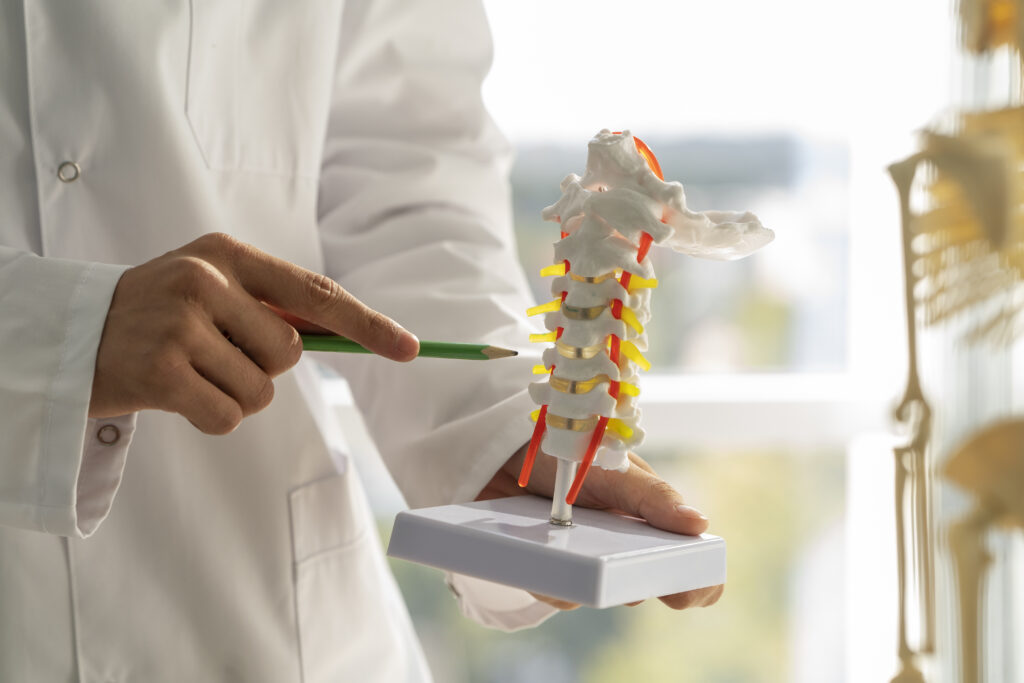
Biopshychosocial Model of Pain
Pain Management Services
Slip Disc
Neck Pain
Knee Pain
Joint Pain
Ankle & Heel Pain
Haedache & Migraine
Somatic Pain
Regenerative Medicine
CRPS
Cancer Pain Management

Biopsychosocial Model of Pain and Its Treatment
The biopsychosocial model of pain is a modern framework that recognizes pain as a complex interplay of three critical domains:
1. Biological Factors
These refer to the physical and physiological processes that influence pain:
- Tissue damage or inflammation
- Nervous system functioning and pain signaling pathways
- Genetic predispositions and underlying medical conditions (e.g. arthritis, neuropathies)
2. Psychological Factors
This dimension addresses how the mind impacts the perception and management of pain:
- Emotional states such as stress, anxiety, and depression
- Cognitive patterns like pain catastrophizing or negative expectations
- Coping mechanisms and resilience
3. Social Factors
The social environment plays a vital role in shaping the experience of pain:
- Cultural beliefs about pain and suffering
- Family dynamics and interpersonal support
- Work environment and financial stability
- Access to healthcare resources
Treatment Approaches Based on the Biopsychosocial Model
A multidisciplinary strategy is often the most effective, combining interventions from each domain:
Biological Interventions:
- Medications (e.g. NSAIDs, neuropathic agents, regenerative injections)
- Physical therapy and rehabilitation
- Surgical interventions when necessary
Psychological Interventions:
- Cognitive Behavioral Therapy (CBT)
- Mindfulness and relaxation techniques
- Education and pain reprocessing therapy
Social and Lifestyle Interventions:
- Family or caregiver involvement in treatment
- Occupational therapy and workplace accommodations
- Lifestyle modification (e.g. improved sleep, activity pacing, diet)
This model acknowledges that effective pain management is not just about eliminating symptoms but empowering the patient holistically. It’s especially relevant for chronic pain scenarios, where purely biomedical solutions often fall short.